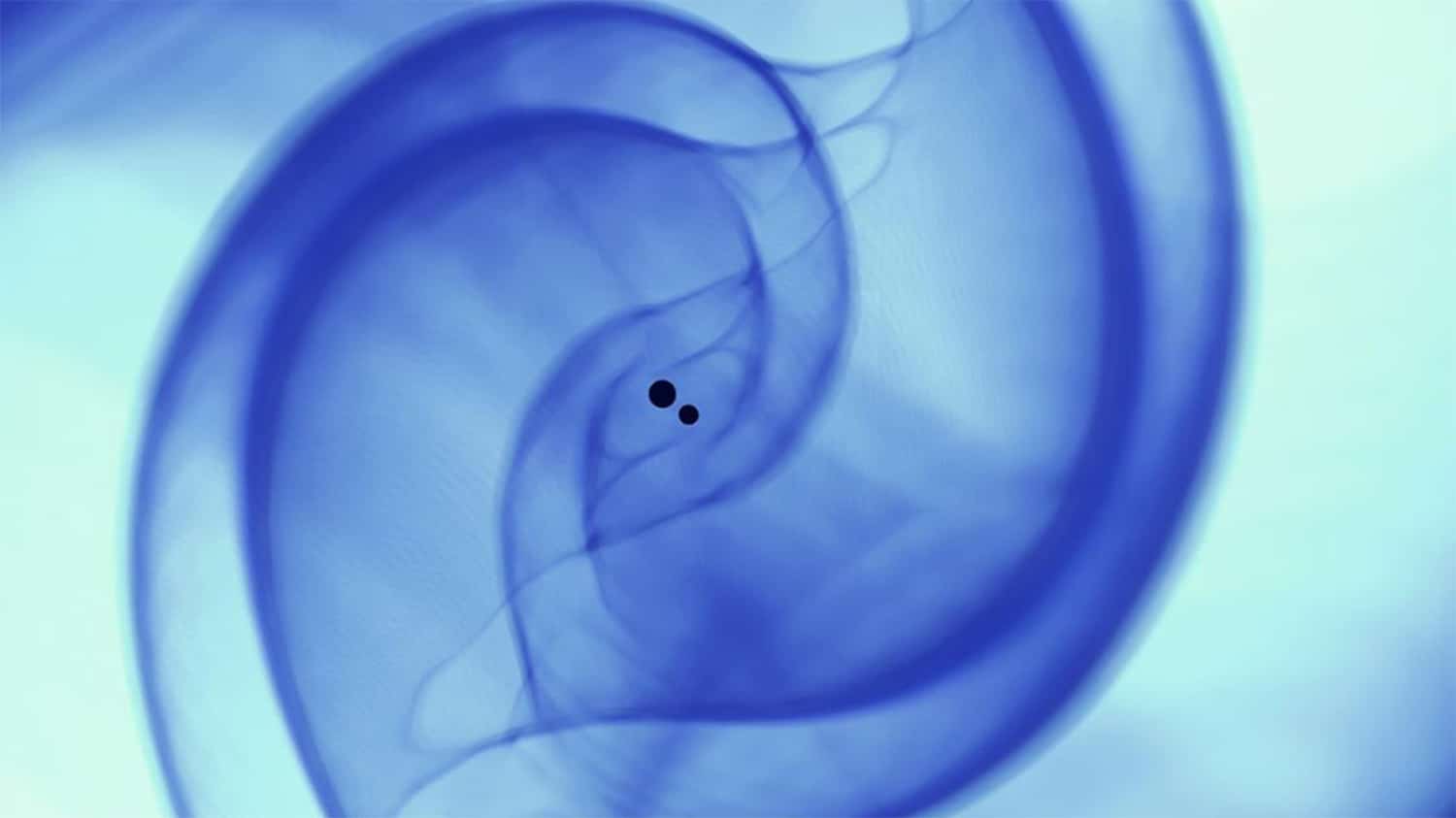
Gravitational waves are being detected on an almost daily basis by LIGO and other gravitational wave detectors. These waves carry essential information about their origins and the nature of gravity that cannot otherwise be obtained. They also provide a dose of reality about extra dimensions.
The very first gravitational waves that emerged are known as primordial gravitational waves, that still echo through the universe today. According to physicists, the gravity waves were produced during the collision of two black holes to produce a single, more massive spinning black hole.
In 2015, the advanced Laser Interferometer Gravitational-Wave Observatory (LIGO) made the first observation of gravitational waves. The discovery confirmed one of Einstein’s theories and marked the birth of gravitational wave astronomy.
Throughout the time, LIGO and its international partners are continually working on increasing the sensitivity of their detectors to detect huge gravitational waves. To probe a larger volume of the universe, scientists hope to launch a new era of precision astronomy.
However, realizing this goal will require a radical re-thinking of existing methods to search for and find gravitational waves.
Recently, Argonne National Laboratory computational scientist Eliu Huerta, along with collaborators from the University of Chicago, the University of Illinois at Urbana-Champaign, NVIDIA, and IBM, developed a new artificial intelligence model detecting gravitational waves. This new AI model is sensitive enough like traditional template matching algorithms. Also, it is orders of magnitude faster and only requires an inexpensive GPU to process data faster than in real-time.
Ian Foster, the UChicago Arthur Holly Compton Distinguished Service Professor of Computer Science and director of Argonne’s Data Science and Learning division, said, “As a computer scientist, what’s exciting to me about this project is that it shows how, with the right tools, AI methods can be integrated naturally into the workflows of scientists, allowing them to do their work faster and better—augmenting, not replacing, human intelligence.”
The AI ensemble used for this study processed a whole month (August 2017) of advanced LIGO data within just seven minutes. It identified all four binary black hole mergers previously distinguished in that dataset and revealed no misclassifications.
Huerta said, “In this study, we’ve used the combined power of AI and supercomputing to help solve timely and relevant big-data experiments. We are now making AI studies fully reproducible, not merely ascertaining whether AI may provide a novel solution to grand challenges. Building upon the interdisciplinary nature of this project, the team looks forward to new applications of this data-driven framework beyond big-data challenges in physics.”
Ben Blaiszik, a research scientist at Argonne and the University of Chicago, said, “This work highlights the significant value of data infrastructure to the scientific community. The long-term investments that have been made by the Department of Energy, the National Science Foundation, the National Institutes of Standards and Technology, and others have created a set of building blocks. It is possible for us to bring these building blocks together in new and exciting ways to scale this analysis and to help deliver these capabilities to others in the future.”
Journal Reference:
- Huerta, E.A., Khan, A., Huang, X. et al. Accelerated, scalable and reproducible AI-driven gravitational wave detection. Nat Astron (2021).DOI: 10.1038/s41550-021-01405-0
Continue reading Detecting gravitational waves using AI on Tech Explorist.
0 comments:
Post a Comment